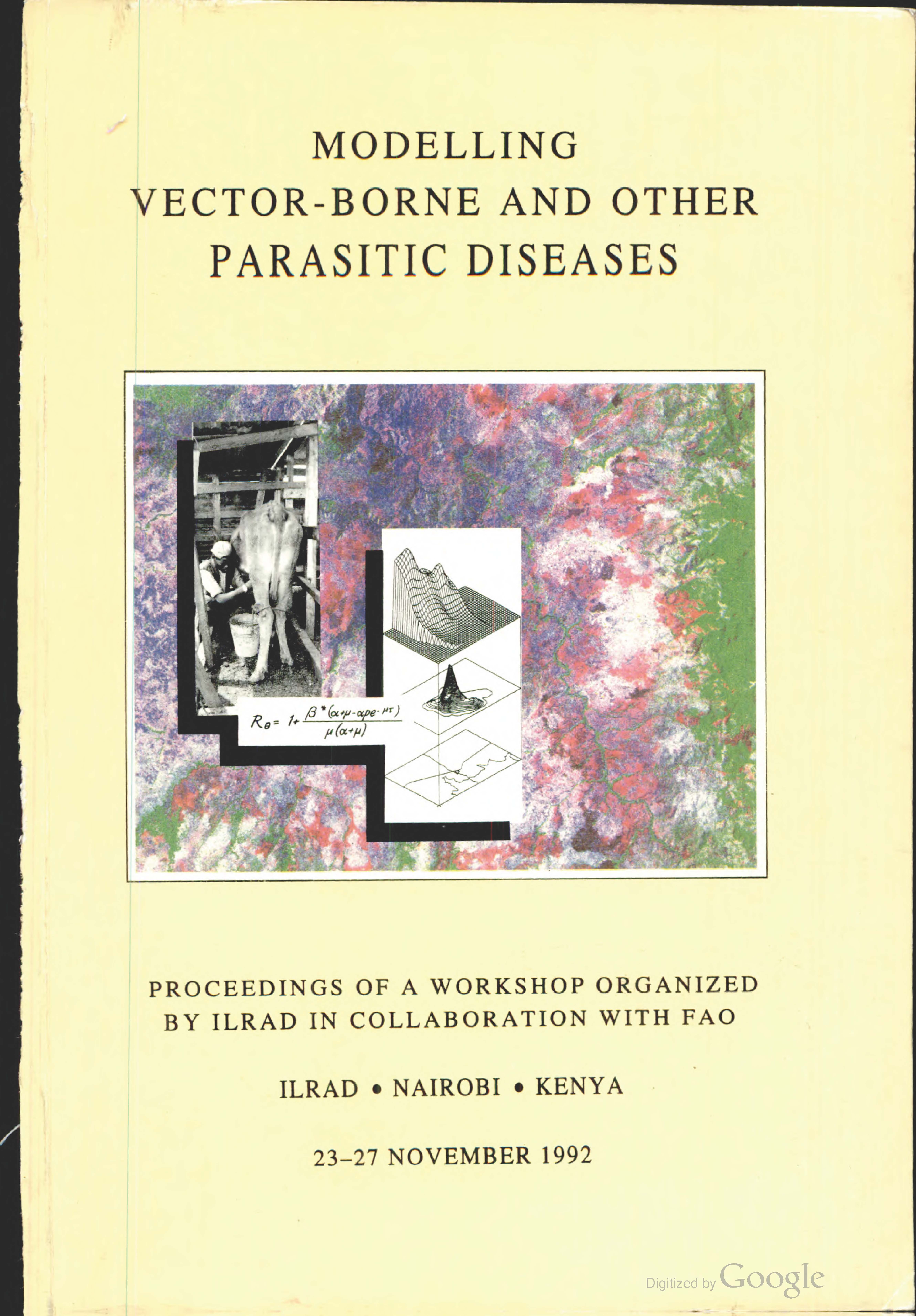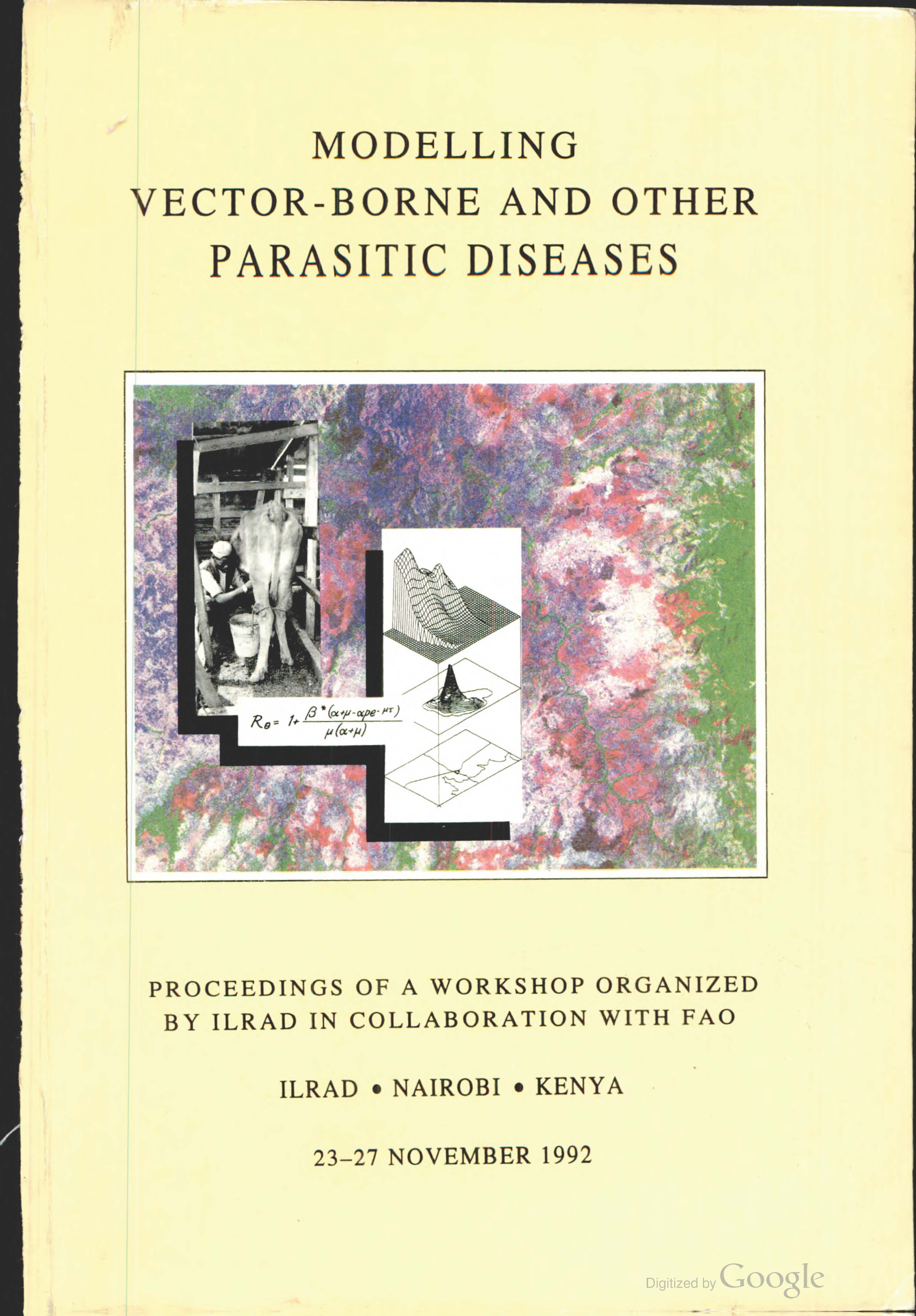Location
Vision, mission and strategy
ILRI's strategy 2013-2022 was approved in December 2012. It emerged from a wide processof consultation and engagement.
ILRI envisions... a world where all people have access to enough food and livelihood options to fulfil their potential.
ILRI’s mission is... to improve food and nutritional security and to reduce poverty in developing countries through research for efficient, safe and sustainable use of livestock—ensuring better lives through livestock.
ILRI’s three strategic objectives are:
- with partners, to develop, test, adapt and promote science-based practices that—being sustainable and scalable—achieve better lives through livestock.
- with partners,to provide compelling scientific evidence in ways that persuade decision-makers—from farms to boardrooms and parliaments—that smarter policies and bigger livestock investments can deliver significant socio-economic, health and environmental dividends to both poor nations and households.
- with partners,to increase capacity among ILRI’s key stakeholders to make better use of livestock science and investments for better lives through livestock.
This is ILRI’s second ten-year strategy. It incorporates a number of changes, many based on learning from the previous strategy (2000–2010, initially produced in 2000 and modified in 2002), an interim strategy (2011–2012) and an assessment of the external and internal environments in which the institute operates.
Members:
Resources
Displaying 971 - 975 of 1152Relevant policy questions related to property rights and resource management
The authors started the discussion with the fundamental question: why are property rights important? The central hypothesis of this collaborative venture is that inappropriate property rights institutions lead to resource degradation. Two cases were distinguished: single-user resources and multiple-use resources. A good example of a single-user resource is land. Absence of secure property rights will result in land degradation, as incentives to improve the resource base do not exist under such conditions.
Property rights and soil fertility management in Niger
This research was undertaken as a Ph.D. dissertation (Stanford University) in conjunction with the ILCA programme in Niamey, Niger. The objective of the research was similar to that of the World Bank studies: to test how land tenure affects land-improving investment, agricultural productivity and resource management. The standard hypothesis is that land tenure that is non-exclusive insecure or non-transferable will lead to under-investment and depressed factor mobility.
Overview of ILCA's research on property rights
This paper reviews the studies of property institutions that have been undertaken by researchers affiliated with the International Livestock Centre for Africa (ILCA) since 1980. Particular attention is given to the systems studies and an ongoing study of the impacts of trypanosomiasis control on property institutions. Past and current studies by other workshop participants are mentioned but not reviewed in any detail. The majority of the completed studies have been concerned with two fundamental questions: (1) How do property institutions affect the use and management of resources?
Modelling vector-borne and other parasitic diseases. Proceedings of a workshop
Session one of this report highlights ILRAD's research programs and the modelling needs of ILRAD and FAO. Session two deals with vector and helminth population dynamics with particular reference to ticks, tsetse and helminth. Parasite transmission and host parasite interaction are discussed in sessions three and four respectively. These two sessions deal with theileria, trypanosomes and leishmania. Parasite variations and polymorphism is the topic of session five. Session six discusses the effect of disease control programs and session seven reviews modelling systems.
Modelling vector-borne and other parasitic diseases. Proceedings of a workshop
Session one of this report highlights ILRAD's research programs and the modelling needs of ILRAD and FAO. Session two deals with vector and helminth population dynamics with particular reference to ticks, tsetse and helminth. Parasite transmission and host parasite interaction are discussed in sessions three and four respectively. These two sessions deal with theileria, trypanosomes and leishmania. Parasite variations and polymorphism is the topic of session five. Session six discusses the effect of disease control programs and session seven reviews modelling systems.






